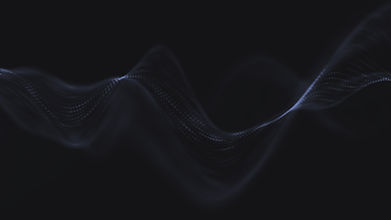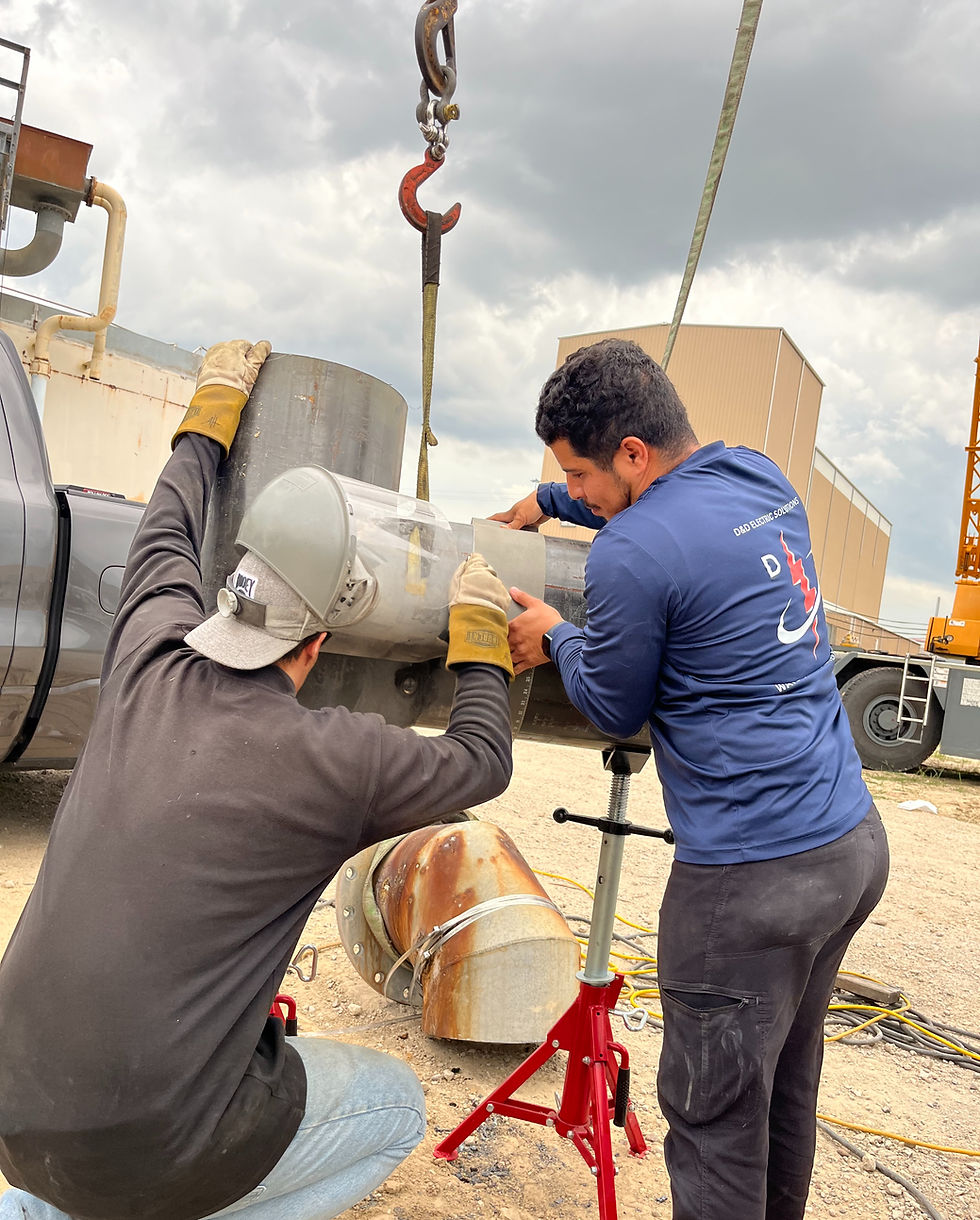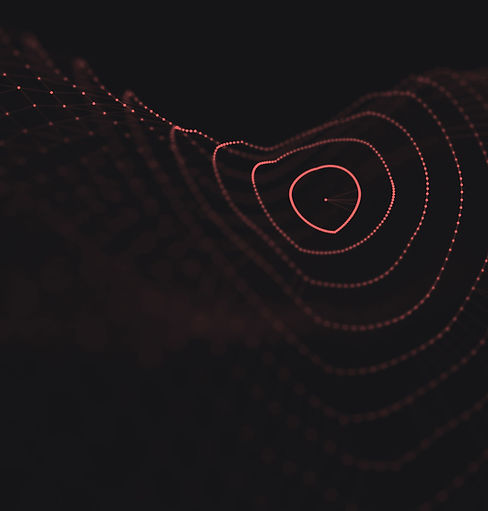
Providing reliable, comprehensive and cost effective service.
Two brothers collaborating together—what could be better than a Master Electrician teaming up with a Mechanic?
Providing assistance in English and Spanish.
REPAIR
In wastewater treatment plants (WWTP), lift stations, and water plants, typical repair requirements encompass faulty pumps, blocked pipes, damaged electrical parts, failing control systems, corroded concrete structures, leaking valves, malfunctioning sensors, worn seals, and issues with the wet well itself. Repairs may involve pumps, motors, electrical wiring, control panels, piping, concrete lining, and other related equipment, tailored to the specific problem area
TROUBLESHOOT
Trace and provide options on the correction of faults in the mechanical or electoral systems.
When troubleshooting wastewater treatment plants (WWTP), lift stations, and water plants, common areas to investigate include: pump failures, clogging issues, electrical malfunctions, control system errors, flow rate problems, water quality concerns, odor issues, excessive noise, and potential leaks in pipes or tanks; with specific issues varying depending on the system and equipment involved, often requiring a systematic approach to identify the root cause and implement necessary repairs.
Essentially, any factor that could hinder the effective collection and pumping of wastewater to the treatment process should be examined.
REBUILD
The focus should be on assessing the condition and ensuring compliance with current regulations, while aiming to enhance efficiency, capacity, and environmental impact to guarantee effective wastewater treatment and conveyance.
When rebuilding a wastewater treatment plant (WWTP), lift stations, water treatment facilities, key areas for improvement should have focus on resolving issues related to wear and tear, corrosion, outdated technologically, infrastructure such as pipes, pumps, tanks, electrical systems, control panels, filtration systems, aeration equipment, sludge management systems, and the building structure itself.
INSTALL
When setting up a wastewater treatment plant (WWTP), lift stations, and water plants, the essential components to install consist of wet wells, pumps, piping with valves, debris removal screens or grinders, motors, power supply systems, control panels with alarm systems odor control systems, and ventilation systems.
Depending on specific requirements, additional treatment equipment such as clarifiers, filters, and disinfection systems may be included, with variations based on the size and complexity of each system.










MOTIVATED BY PASSION
The source of electricity plays a crucial role in water and wastewater systems, powering essential equipment such as and aeration systems.
The energy-intensive nature of these processes means that a significant amount of electricity is consumed for effective water treatment and distribution.
Additionally, is vital for monitoring water quality, ensuring that all measurements are precise and reliable. As such, managing energy use is a key component of efficient operations in the industry.
16+
Years of Experience


